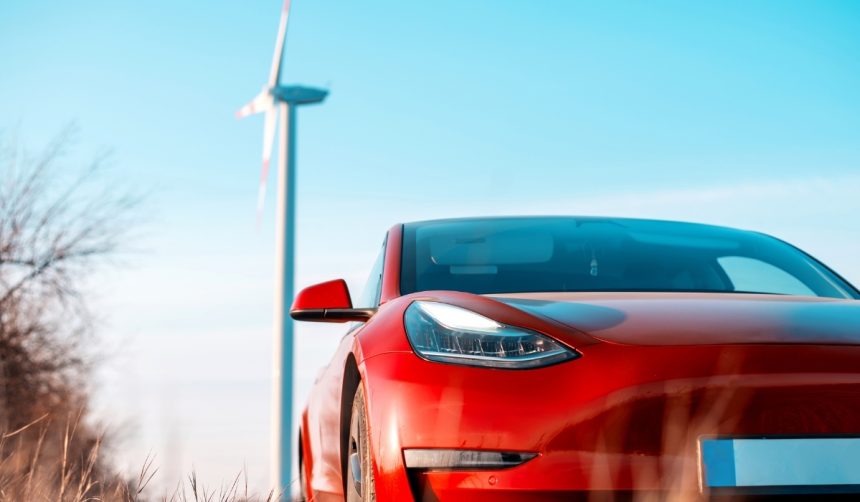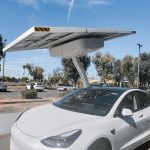Tesla’s image has long been defined by Elon Musk, yet the company’s day-to-day success depends on a broad team of executives who handle everything from engineering to legal affairs. While public attention often centers around Musk’s decisions and persona, Tesla’s vast network of operations runs under the guidance of industry veterans, engineers, and leaders in emergent technologies. This layered leadership structure allows Tesla to rapidly address challenges and maintain its position as an influential player in electric vehicles, clean energy solutions, and artificial intelligence. As the automotive landscape evolves, understanding the leaders shaping Tesla’s strategy and execution provides insight into how the company sustains its pace and adapts to new hurdles in the sector.
Discussion about Tesla executives has frequently focused on a select few, such as Musk and former CFO Zach Kirkhorn, while earlier coverage often overlooked the impact of leaders in areas like A.I. or supply chain. Media reports from previous years emphasized the challenges Tesla faced during Model 3 production and boardroom turnover, whereas current attention spotlights Tesla’s newer team members in pivotal roles. Public perception has shifted somewhat due to Musk’s political engagement and social media presence, but recent information highlights an increasingly diversified leadership group responsible for major operational segments. This suggests a maturing corporate structure that contrasts with earlier, more founder-centric narratives about Tesla’s management.
How Has Elon Musk Shaped Tesla’s Growth?
Elon Musk began guiding Tesla after his 2004 Series A investment, assuming the CEO role in 2008. His tenure included navigating the company through threats of insolvency during the 2008 financial crisis and later, the demanding production ramp of the Model 3. Musk’s public and political engagements have led to increased scrutiny from investors about the extent of his focus, but he reaffirmed his commitment to prioritizing Tesla operations even as he manages other interests such as SpaceX, X, xAI, and The Boring Company. Market performance and product expansion continue to be closely associated with Musk’s visibility and decision-making.
What Roles Do Senior Executives Play at Tesla?
Key executive figures help steer Tesla’s complex and growing operations. Vaibhav Taneja, as chief financial officer, has overseen Tesla’s finances since 2023, coming from a background in SolarCity and PricewaterhouseCoopers and securing one of the largest compensation packages in his field. Tom Zhu, senior vice president of automotive, drives manufacturing and sales globally and relocated between headquarters to address shifting operational needs. Omead Afshar, vice president of North American and European operations, has rebounded from internal inquiries to oversee major regional facilities, maintaining a close working relationship with Musk. Other executives, such as Lars Moravy in vehicle engineering and Brandon Ehrhart in legal affairs, contribute their technical and industry expertise to Tesla’s daily and strategic decisions.
How Is Tesla Advancing in Autonomous Technology and Energy?
Leadership in technology and sustainability is a focus across the company. Ashok Elluswamy heads the A.I. software division, emphasizing autonomous vehicle development and tailored computer vision solutions.
“Without him and our awesome team, we would just be another car company looking for an autonomy supplier that doesn’t exist,”
commented Musk on Elluswamy’s impact. Michael Snyder manages Tesla’s expanding energy operations, including storage and charging infrastructure, which underpins the company’s shift toward integrated renewable solutions. Executives such as Laurie Shelby in environment, health and safety, and supply chain leads Karn Budhiraj and Roshan Thomas, are tasked with ensuring compliance, employee well-being, and efficient resource management across Tesla’s global footprint.
Tesla’s leadership model underscores the company’s need for cross-disciplinary expertise and the ability to respond to rapid industry changes. While Musk maintains a prominent influence, the operational complexity of Tesla necessitates a collaborative approach, with each executive accountable for integral aspects of product, production, and infrastructure. The ongoing visibility and adjustment of leadership roles reflect Tesla’s adaptive strategy as it pursues advancements in vehicle engineering, energy products, and artificial intelligence-driven platforms. The active involvement of leaders from various backgrounds helps mitigate risks linked to market volatility and regulatory scrutiny.
Comprehensive insight into Tesla’s executive structure delivers an understanding of how the company sustains growth within a demanding industry. Closely following executive appointments and departures may reveal future priorities, while the diversity in leadership brings resilience in navigating regulatory, technological, and market shifts. Tesla’s operational breadth and persistent innovation pressures amplify the importance of capable management across all domains, signaling that organizational depth is as vital as visionary leadership. For readers tracking industry dynamics, scrutinizing Tesla’s leadership beyond its CEO offers practical knowledge about how large-scale technology companies can maintain competitive momentum, manage risk, and refine their strategic direction over time.
- Elon Musk leads Tesla, supported closely by senior executives in key roles.
- Tesla’s leadership structure extends across finance, A.I., production, and energy operations.
- Company resilience relies on diverse management as market and technology landscapes shift.










